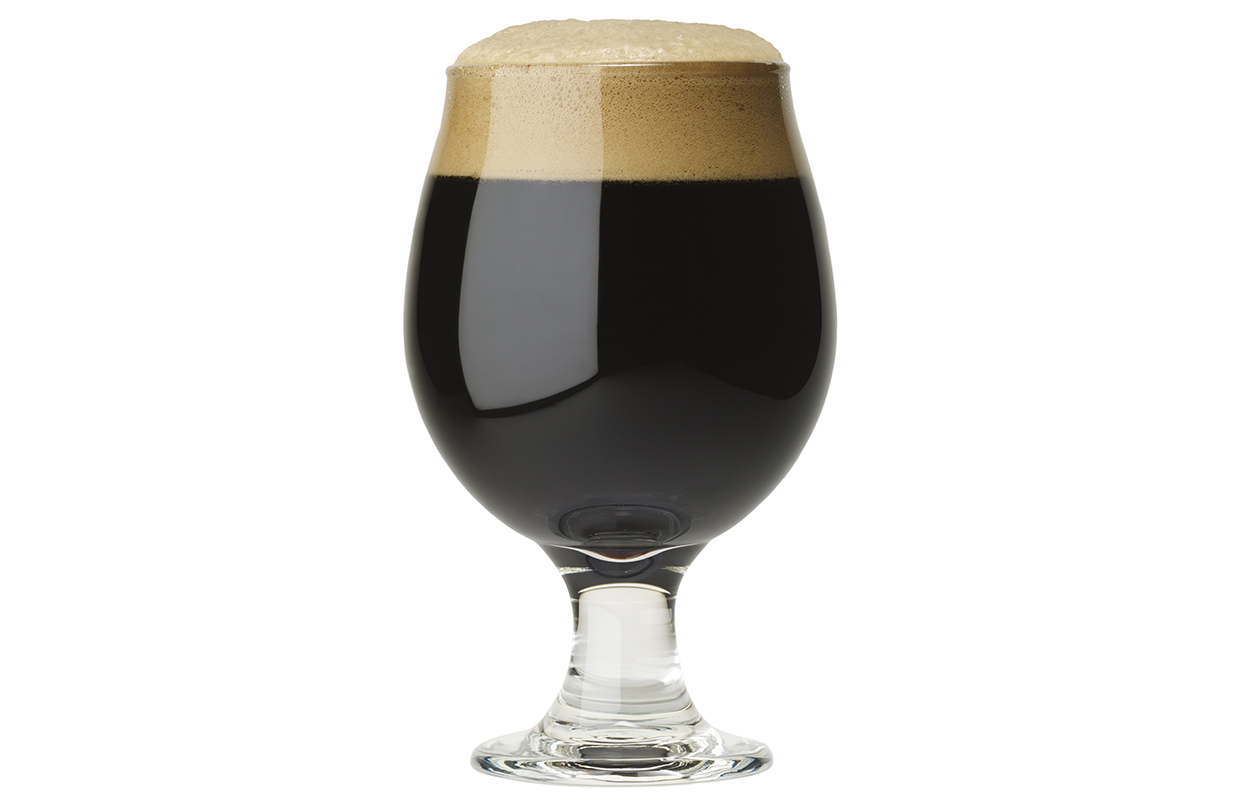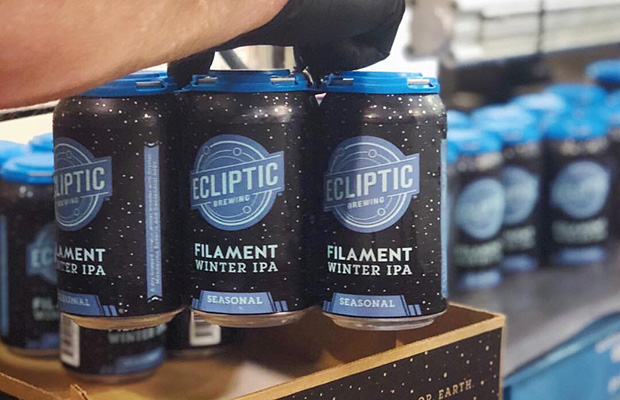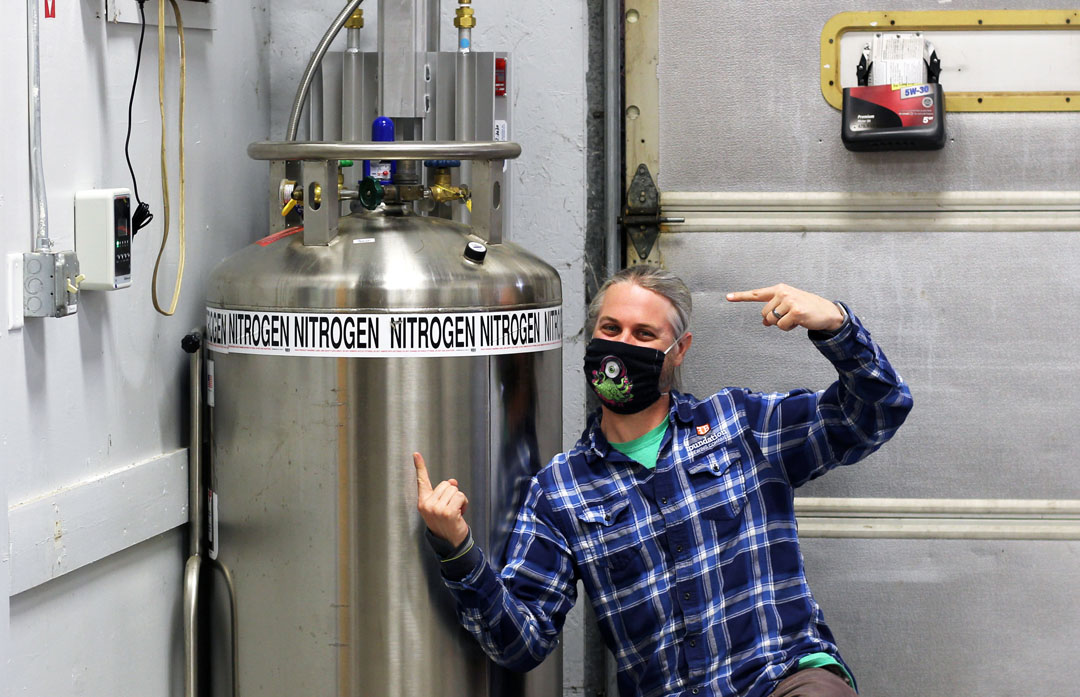
Although not a dominant malt used every day, breweries across the country have found various ways to incorporate Midnight Wheat into grists. Used mostly for coloring, Midnight Wheat can add shades of red all the way to ink black depending on the amount of use.
“For color adjustment purposes, you always need less than you’d think,” explained Indeed Brewing Head Brewer Dan Stavig. The brewery uses Midnight Wheat in a variety of styles, including its new Taiga IPA.
Earnest Brew Works co-founder Keefe Snyder — who uses the malt for its Throwing Shade Black IPA along with an Imperial Dark Wheat Ale called Orion The Hunter — agreed.
“The high Lovibond can really darken up a recipe quickly,” he said. “A little bit can go a long way especially if you plan on ending up more in the amber/brown spectrum.”
The malt can be used for flavoring as well, giving a subtle roast or chocolate flavor.
”Being a dark roasted malt, Midnight Wheat imparts wonderful flavors and aromas of bitter chocolate, coffee, and molasses,” said Summit Head Brewer Damian McConn.
Although a Wheat malt, many breweries treat it more like a chocolate or black malt in some cases.
BREWER: What sets Midnight Wheat apart from other Wheat malts?
SNYDER: Its ability to darken a wort without adding much burnt or chocolate flavors that are typical of dark malts.
STAVIG: Midnight Wheat doesn’t have a lot of acrid or astringent edge to it, so it works very well in small amounts as a color adjustment, and in larger amounts gives a great, straightforward chocolate character.
BREWER: Are there any technical challenges or tips you have for using Midnight Wheat for someone that hasn’t used it yet?
MCCONN: Wheat malts do not possess a husk, so lautering can be a challenge. Be sure to carefully consider the husk content of other ingredients in the grain bill and adjust accordingly. Oat or rice hulls might be an option if using MW in higher levels, such as in a Dry Irish Stout.
BREWER: What did you expect … and didn’t expect from using Midnight Wheat? How did you use those expectations or new discoveries to your advantage or how did it alter the idea of the brew?
SNYDER: We expected great dark color contribution to our recipes. We didn’t expect such little flavor contribution, which sets it apart from other dark malts, so definitely try to back it up with other malts if you want roasty or chocolate notes. One of our recipes that includes it is really quaffable despite its color, which surprises many of our customers when they see the beer in a glass. We don’t have much demand for dark flavors in our portfolio, so Midnight Wheat allows us to brew darker colored beers that appeal to our core consumers.
STAVIG: I didn’t expect the flavor to be so subdued when used in small amounts for color adjustment. It’s now one of my go-to malts for creating any beer that needs to be red.
MCCONN: Midnight Wheat has a very high Lovibond rating, so it was expected that it would impart significant color to the finished brew when used at levels above 5% in the recipe. However, the malt finishes exceptionally clean with a subtle, smooth roasted flavor. The absence of astringent or tannic properties really allowed us to increase the amount in our Dark Infusion coffee stout brew achieving a very dark color but avoiding any scorched overtones.
BREWER: Do you have any “out of the box” ideas for Midnight Wheat that you want to share or have planned?
MCCONN: We’ve used it in very small amounts to adjust color levels in very pale beers. It would be fun to brew a traditional ESB using just Midnight Wheat for color/flavor and exclude crystal malt!
SNYDER: The easiest way to incorporate it into your brewing would be to treat it as a darkening agent, where you can dial back on other dark malts to let crystal, base malts, or hops stand out. We have also hot-steeped small quantities of Midnight Wheat to use as a color adjuster in pins and firkins.




Be the first to comment